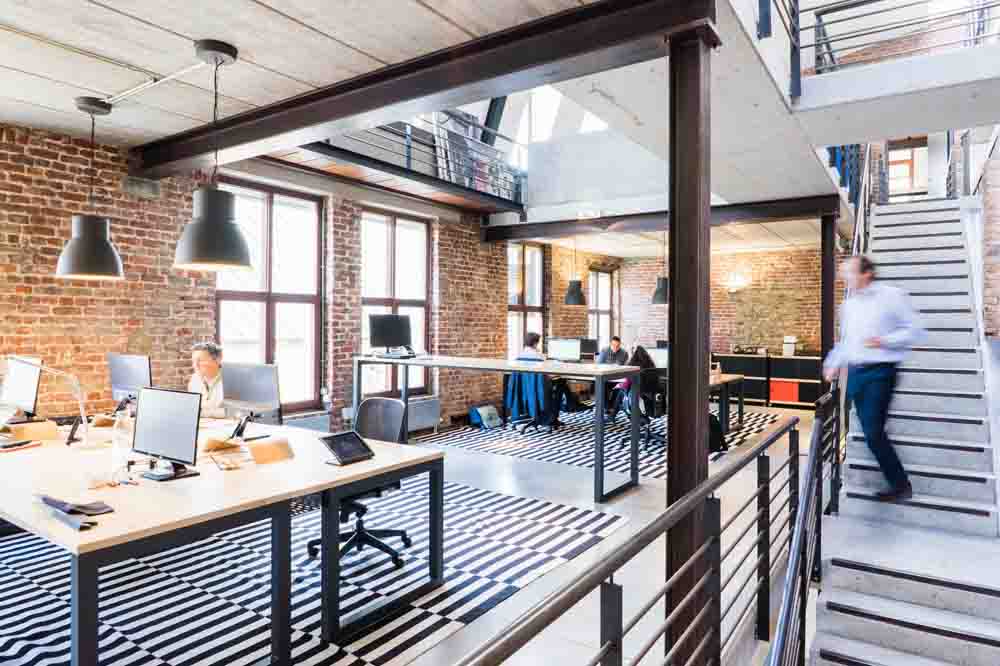Three of the focuses of my blog are Current Events, Financial Literacy/Money and Business/Entrepreneurship. There’s a lot of talk opening businesses back up but it’s not so simple. Business owners must be very astute about re-opening. The following contributed post is entitled, Tips For Re-Opening Your Business After Lockdown.
* * *
If there is one thing that we can be sure of, is that the pandemic has changed the way that we will all work – perhaps forever. As the world slowly comes out of lockdown, more and more businesses are getting ready to re-open once more, but with re-opening comes the challenge of navigating through an array of health and safety issues to ensure a safe working environment for all.
Here are 4 issues that you will need to address to help you get your business open and back on its feet again.

Carry out a risk assessment
Before you can even think about re-opening the space for employees and members of the public, you will need to carry out a detailed assessment first to identify potential risk areas. Consult and engage with your employees, and trade unions if they apply to you, and share your results and findings with them. This will allow everyone to have their say and let you know what steps and measures you can take next to make everyone feel safe and reassured enough to happily come back to work.
Deep-clean
Employees and members of the public will, understandably, want assurances that workplaces are clean and safe. Invest in a good quality deep cleaning service to thoroughly disinfect your office, shop or manufacturing floor, and any other space that you and your employees use. Even if no one has been in the building since lockdown officially started, the area has been closed for months without any fresh air, and inevitably, collecting a lot of dust. As you probably didn’t have a chance to disinfect before your business closed, having a thorough deep-clean to ensure that all traces of bacteria and viruses have been destroyed should be your first point of action after the risk assessment. If you can, obtain certification as evidence and provide copies to your colleagues and partners for transparency.
Introduce hygiene procedures
With many still feeling anxious knowing that the virus is still circulating, introducing strict and vigorous hygiene procedures in-house shouldn’t be met with much opposition. Encourage people to follow the official rules regarding hygiene and handwashing and provide hand sanitisers that are easily accessible to everyone. Make them available throughout the entire workspace, with particular focus on high-traffic areas such as entrances and reception areas, as well as bathrooms and kitchens. Keep supplies stocked with various hygienic wipes, sanitisers, paper towels and cleaning equipment and motivate your employees to be proactive and frequently wipe down their own work areas and surfaces.
Maintain social distancing
While there are notable difficulties with social distancing at work, people should still be encouraged to maintain a distance wherever possible. Think about layouts and rearrange floors and work areas to create more space if at all possible, arrange one-way traffic flows through corridors and avoid sharing desks and other workstations at all costs. Where possible, continue to have appointments with visitors and clients via the phone or platforms such as Skype or Zoom and allow workers to keep the option of working from home more often. To further remind workers of social distancing rules and regulations, put up signs in rooms and corridors and mark out areas on floors using removable tape.
